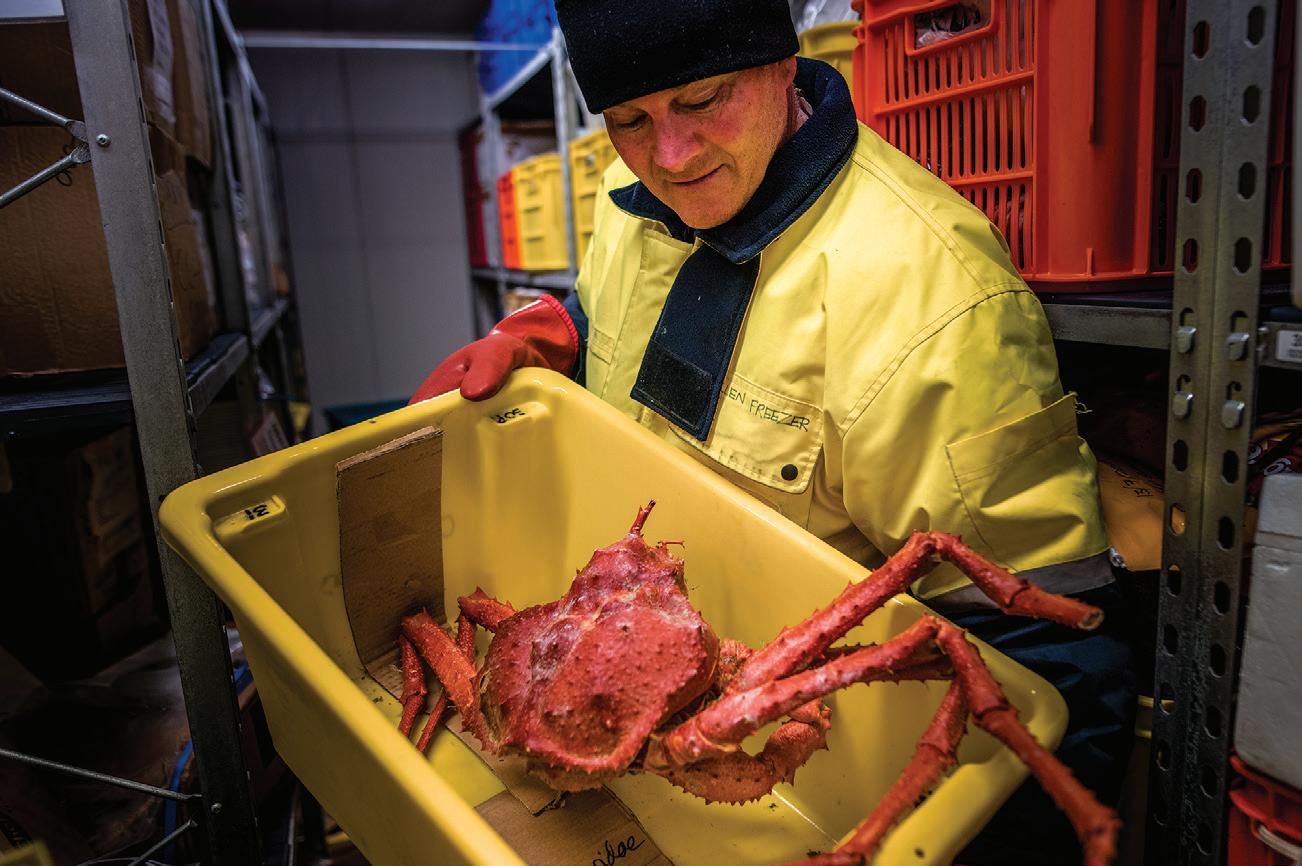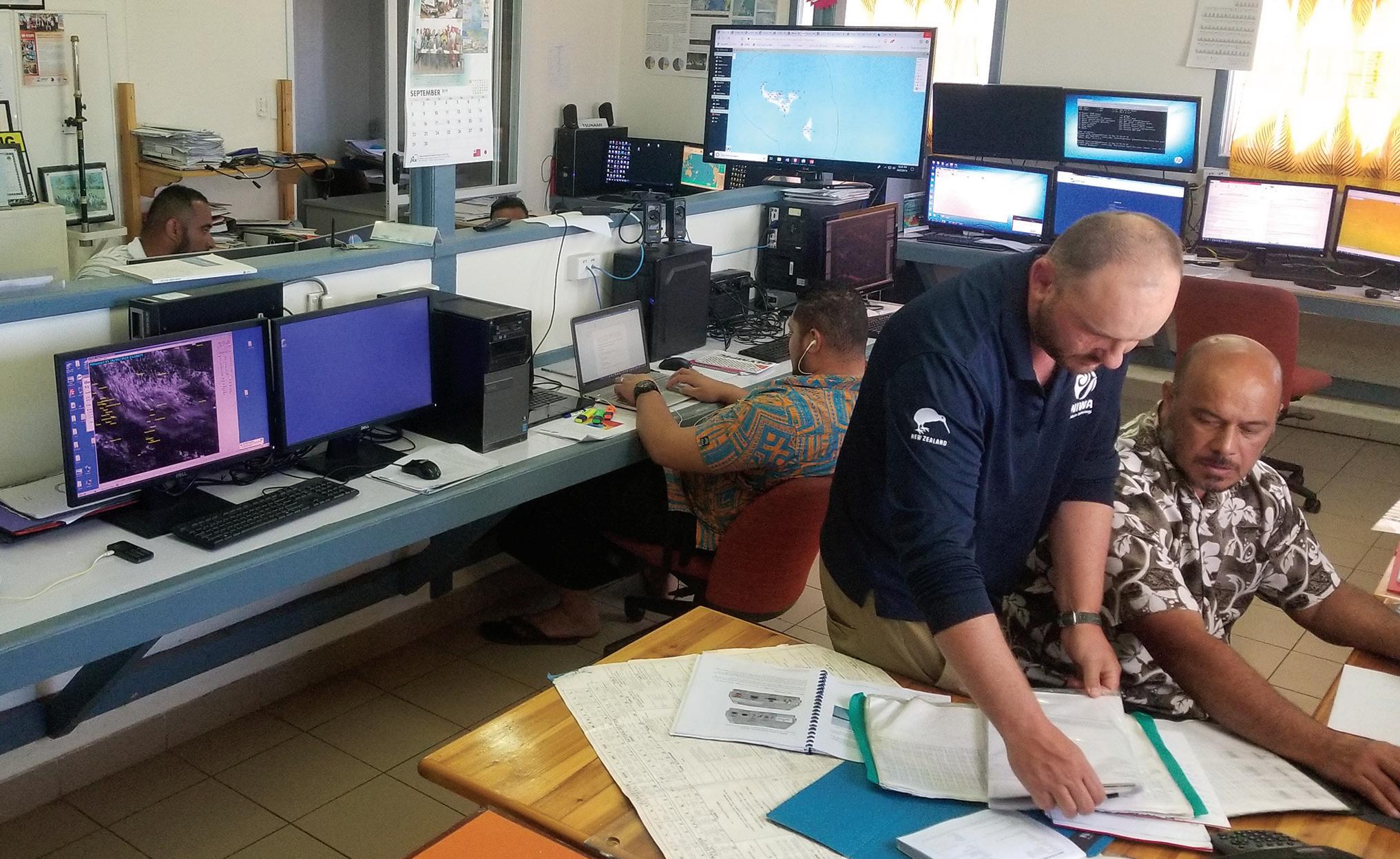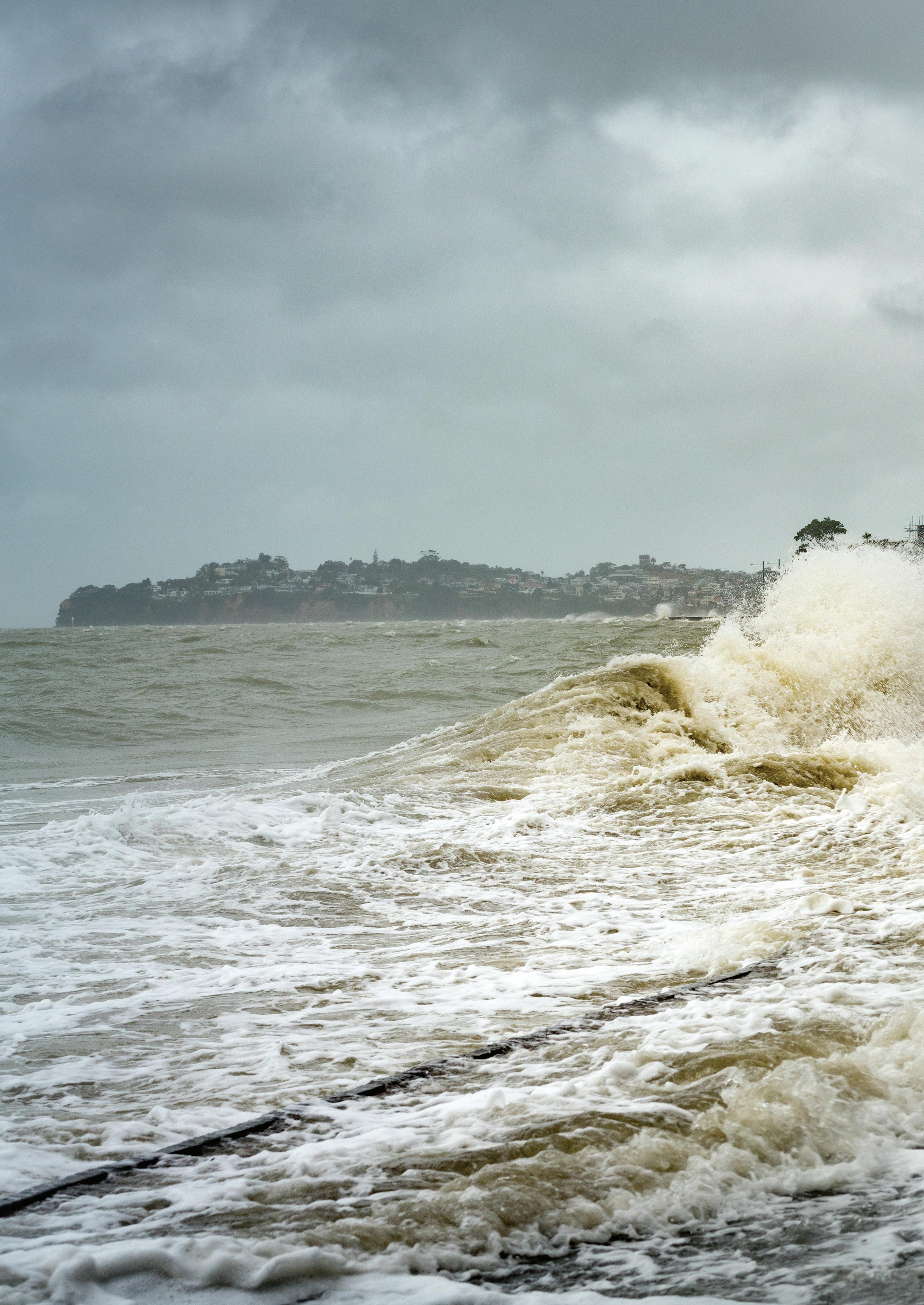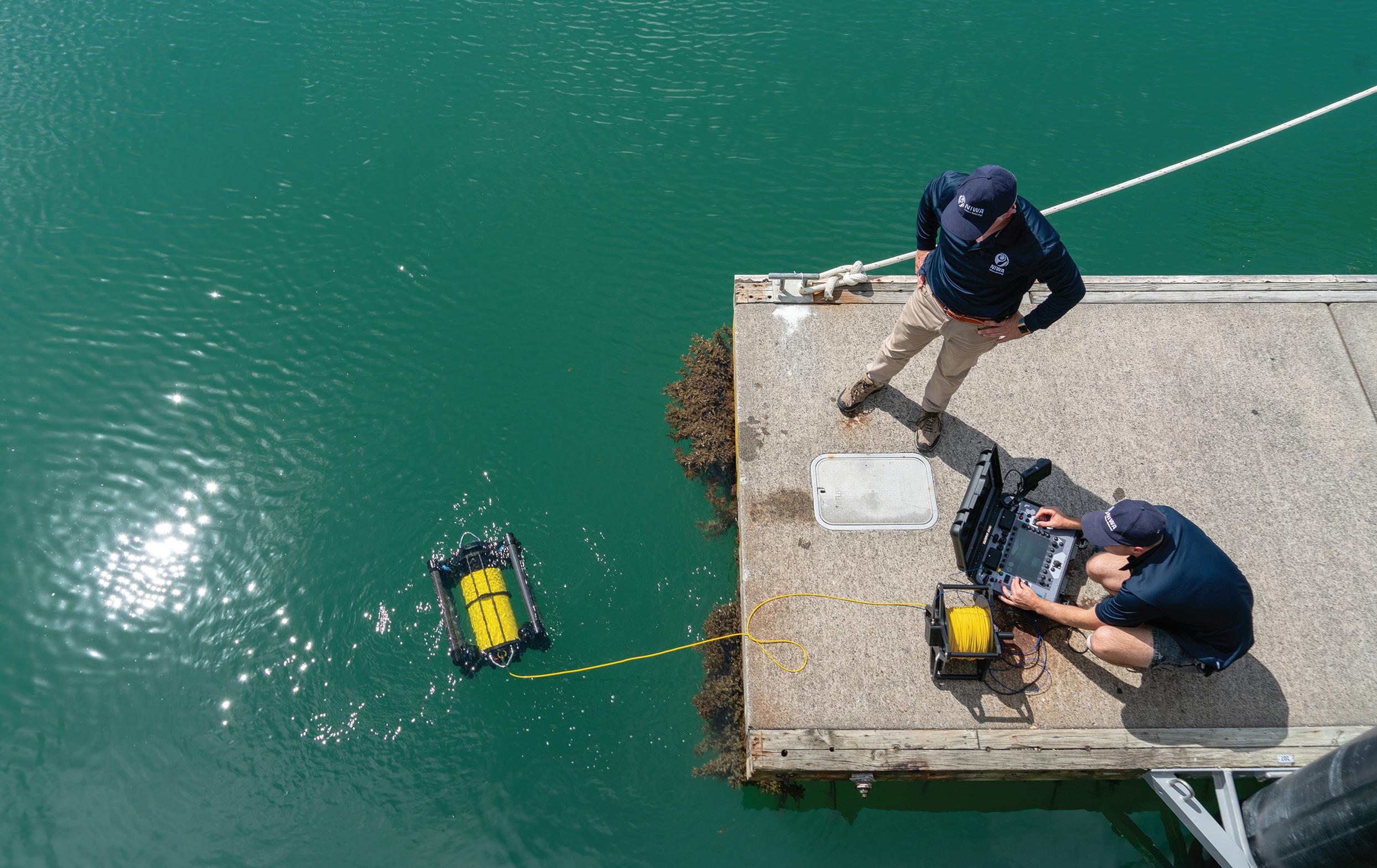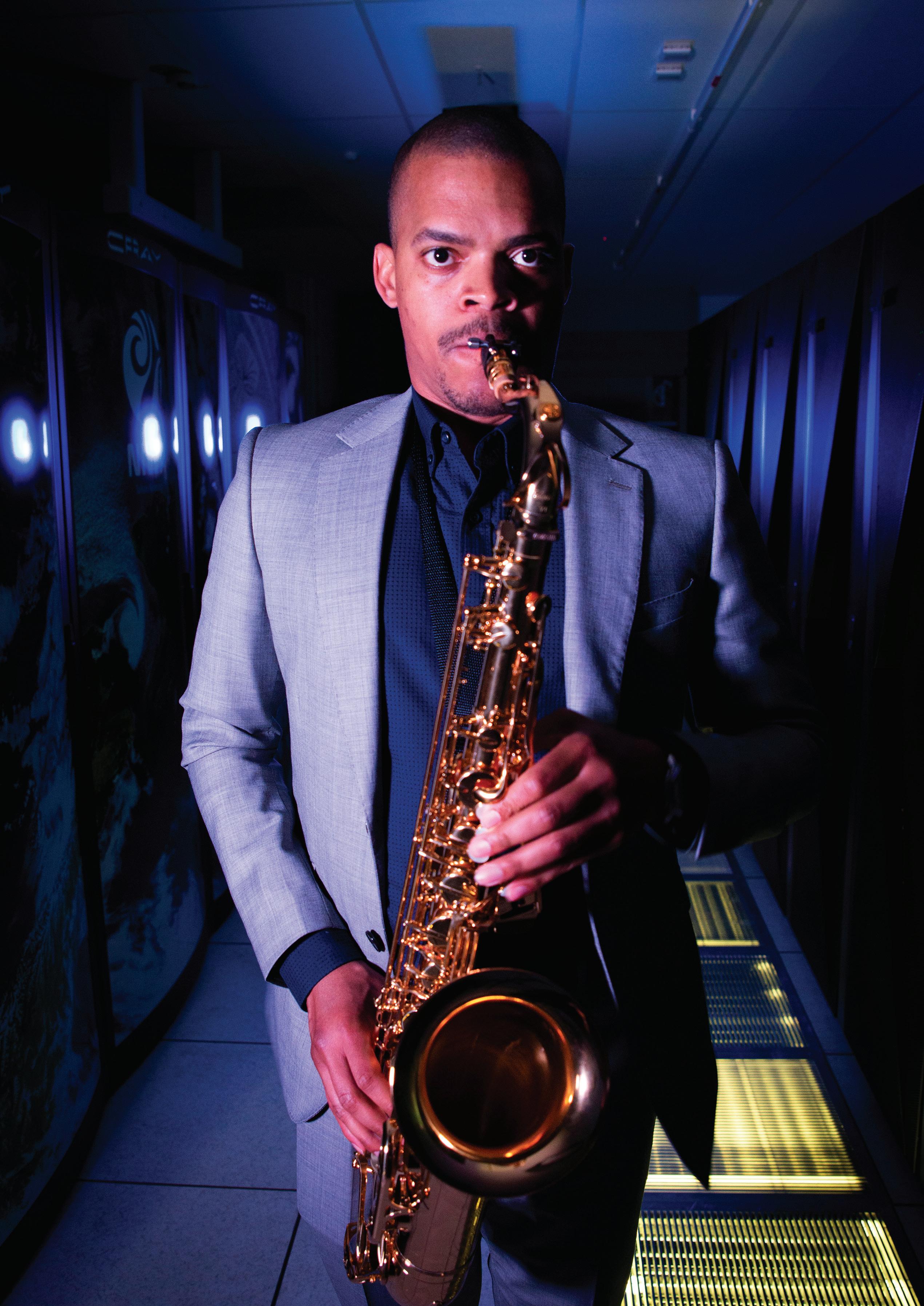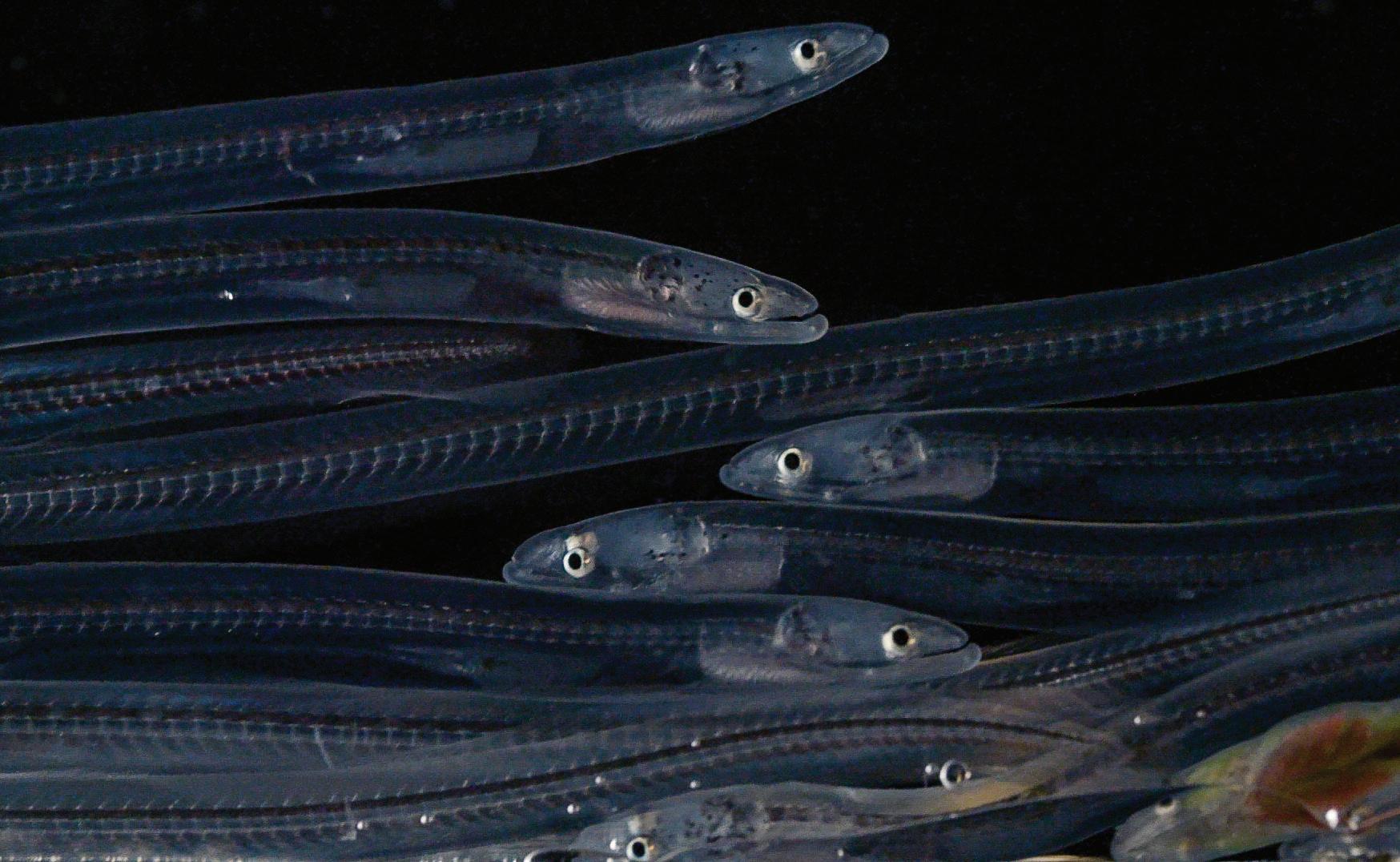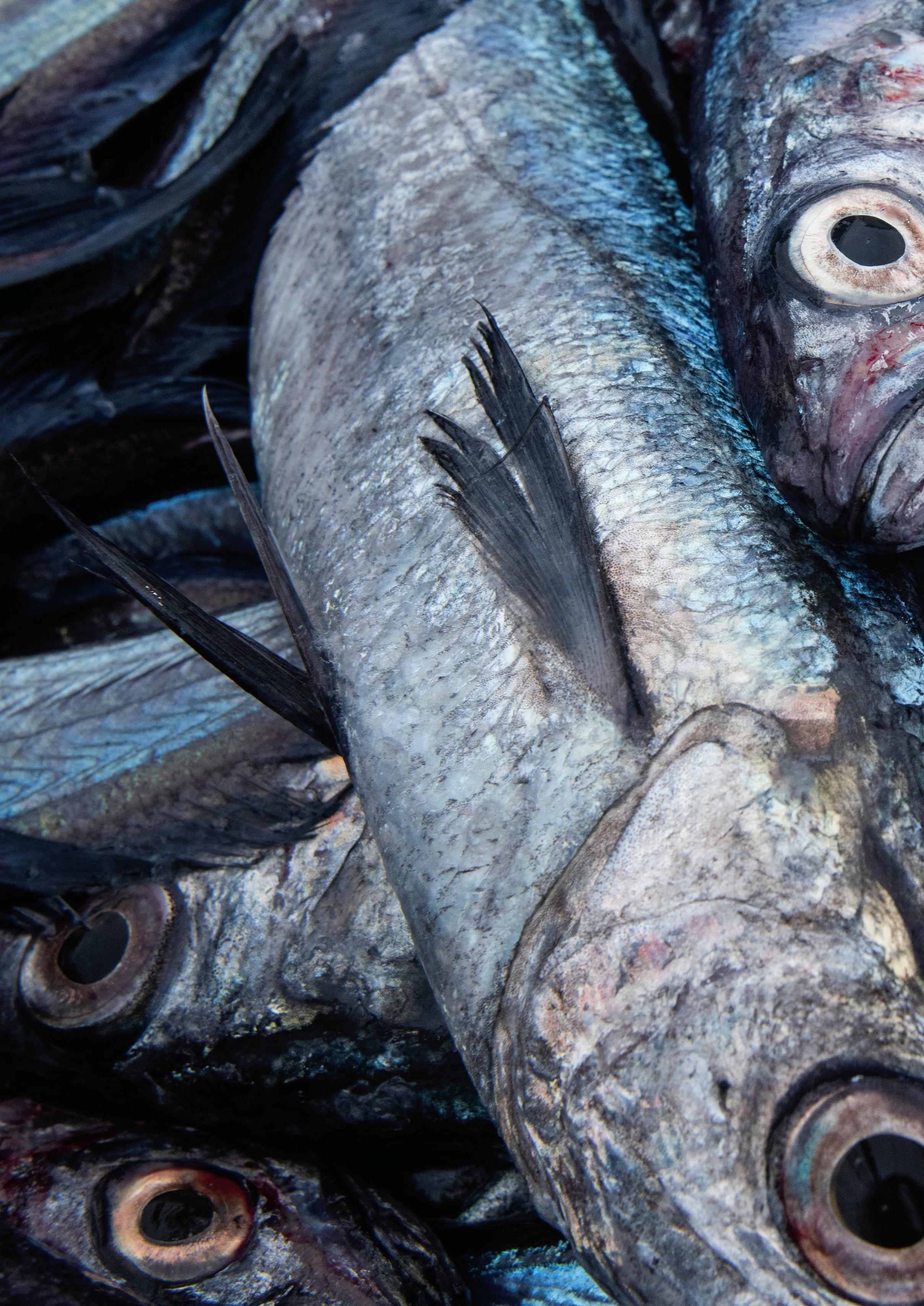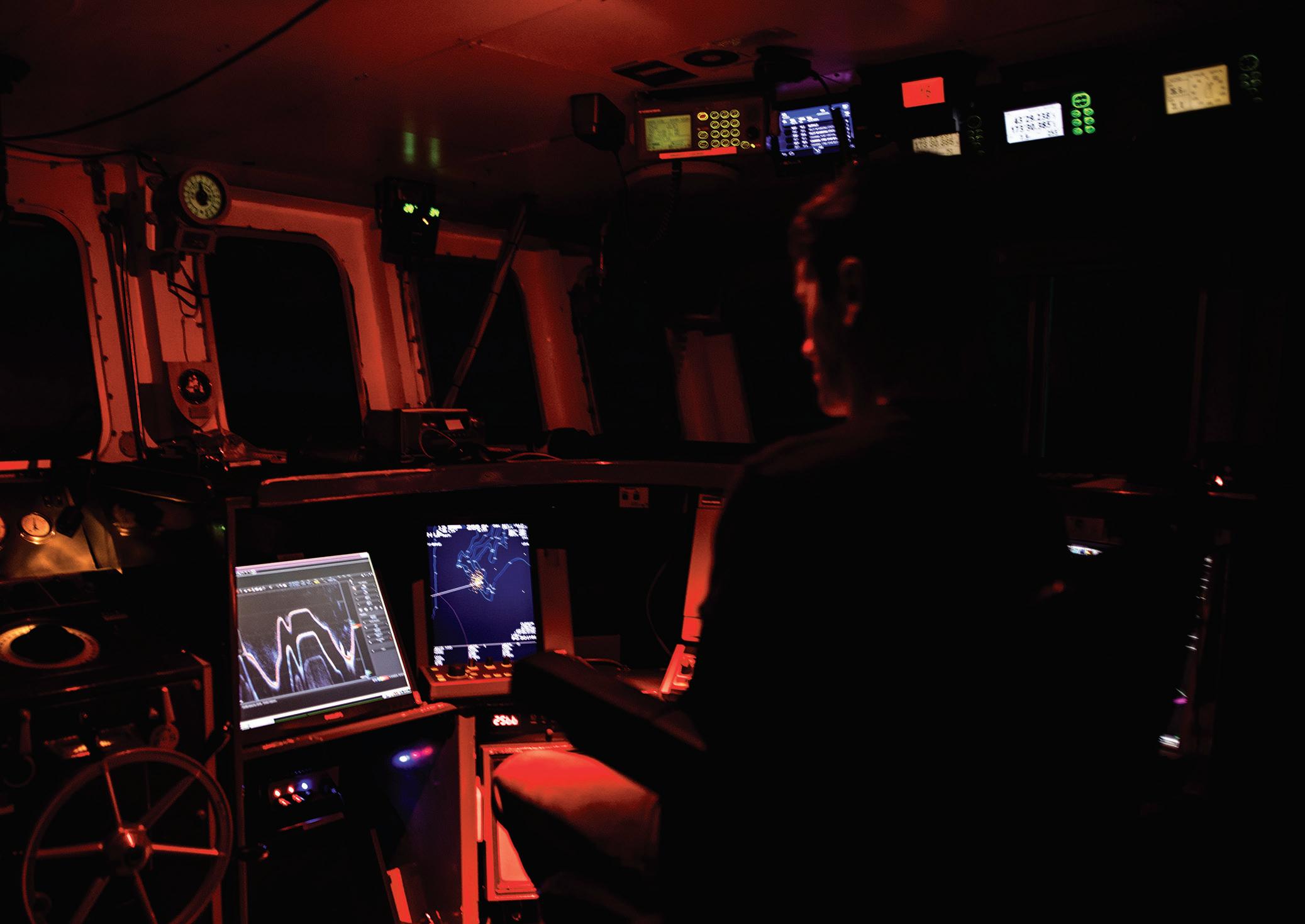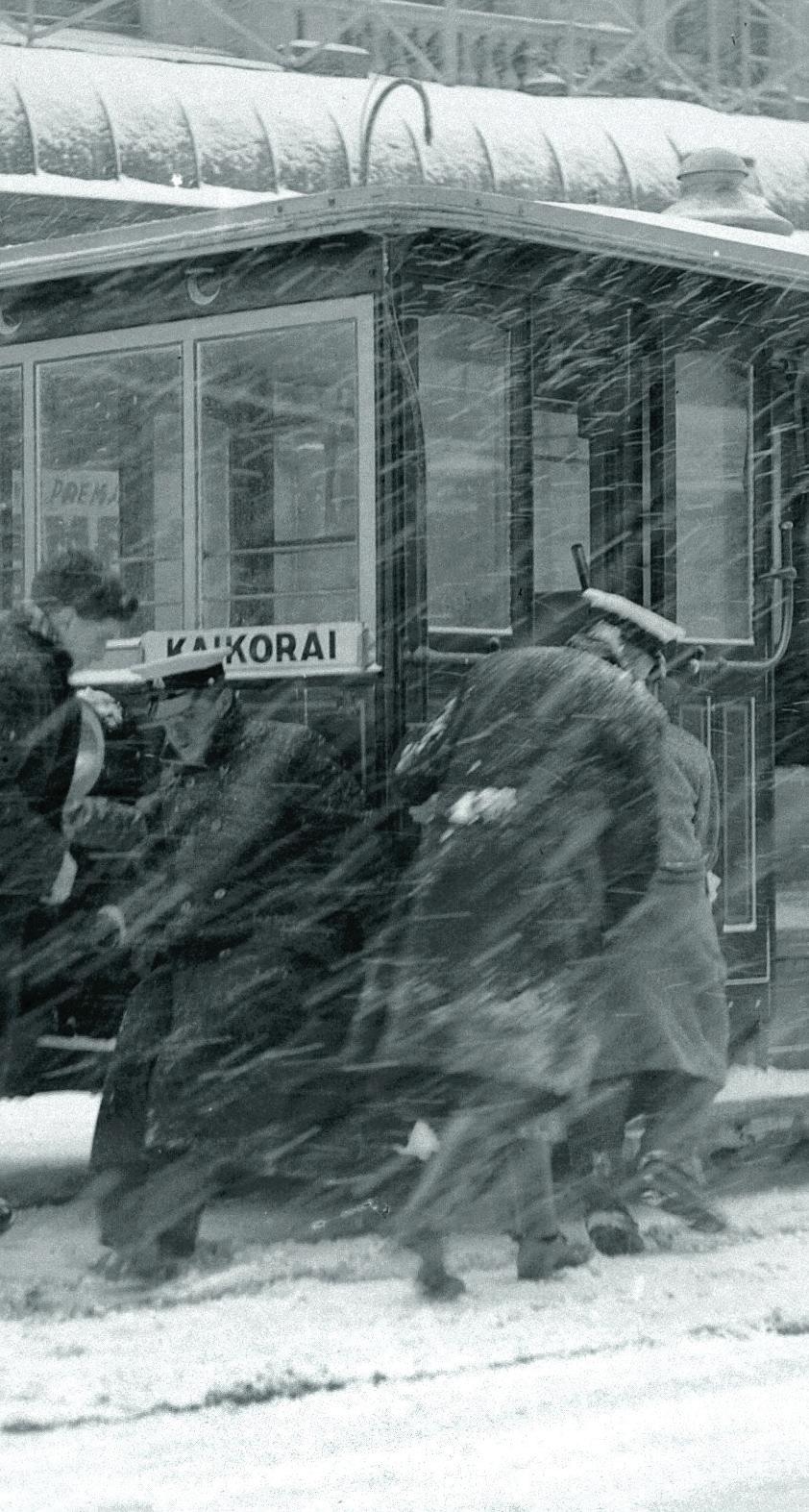SOLUTIONS
Weathering new technology in Tonga By Susan Pepperell There are about 800km between the southern and northern tips of Tonga – and a lot of ocean. Many of this Pacific archipelago’s 169 islands are remote, exposed, sparsely populated and difficult to access. And when it comes to forecasting the weather in an area known for cyclones and also prone to drought, it’s a significant challenge. However, that is all about to change. NIWA is in the final stages of completing a project with the Tongan Meteorological Service (TMS) to install new weather stations and sea level monitoring equipment from one end of Tonga to the other. In what has been a huge logistical exercise, six months in the planning and another year in the implementation, Tonga now has 21 new weather stations and two sealevel monitoring stations. One of the problems faced by TMS was the difficulty in receiving manual weather observations from parts of the country where there were no staff. TMS head Ofa Fa’anunu says communication, particularly from the outer islands, was challenging. “We are now able to get data from these remote areas and can now work on building the capacity of the Met Office in all areas of forecasting.”
The project was part of the Climate Resilience Sector Project, funded by an Asian Development Bank Grant. It will enable Tonga to be better prepared for extreme weather events and climate change as well as provides improved weather forecasting for businesses such as ferry operators and airlines. NIWA principal scientist Dr Graham Elley, who managed the installations, says the new system was a complex logistical exercise, but will help Tonga build resilience with effective warning of extreme weather and coastal events. “The challenges started with how to get the equipment there. In the end we shipped three container loads, which was more than 20 tonnes, to the capital Tongatapu, and then faced the issue of how to get it – and the people we needed – to the outer islands to install it.” The answer came in chartering a vessel from Tauranga, with live-on accommodation, which also had the advantage of being able to take the huge amounts of concrete needed for the job. But before that a team from NIWA’s Instrument Systems Group had to assemble all the equipment and supporting infrastructure in Christchurch.
challenge “The started with how to get the equipment there
”
Dr Graham Elley
NIWA’s Evgeny Fardman working with staff from the Tonga Meteorlogical Service. (Shaun Williams)
38 Water & Atmosphere
February 2020
www.niwa.co.nz

